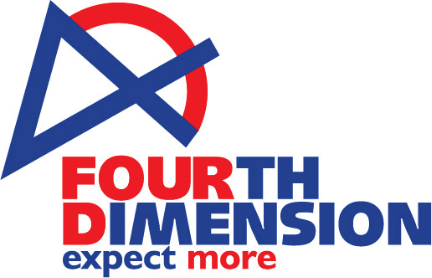How to Reduce Azure Subscription Costs by 30%
Cloud Services
Is your organization grappling with the challenge of soaring Azure cloud costs? Did you know that cloud waste can devour up to 30% of your total IT spend?
Businesses spend billions of dollars every year on cloud infrastructure. Why? Lack of visibility into the intricacies of Azure's pricing structure and services.
Organizations have embraced cloud technologies like Microsoft Azure's public cloud for its greater resources, scalability, and flexibility. Due to increased resource usage, reducing Azure cloud subscription costs is crucial to ensure responsible spending.
What is cost optimization in Azure?
Cost optimization in your Azure environment can be done by focusing on finding efficiencies and eliminating unnecessary expenses.
Azure cost optimization is essential because it has a direct influence on their OPEX costs and bottom line. To maximize your investment in Azure, it's critical to strike the right balance between cost and functionality.
Here are a few key challenges of Azure cost optimization:
- Unused or underutilized infrastructure inflates costs, resulting in billions wasted on idle resources.
- Being unaware of service combinations such as Virtual Machine instance types to storage, payment plans, licensing, and more
- Not being aware of how your cloud budget is spent or who is accountable for it.
If you need help getting started with cost optimization, Microsoft Azure’s Well-Architected Framework is a great option.
The Azure Well-Architected Framework is a collection of principles that can be used to create excellent solutions on Azure. While there isn't a single architecture that works for all situations, there are some general principles that hold true for any architecture, technology, or cloud provider.
Focusing on these ideas can help you create a reliable and secure application foundation.
The Azure Well-Architected Framework consists of five pillars:
- Cost optimization
- Operational excellence
- Performance efficiency
- Reliability
- Security
Businesses can minimize cloud expenses using Azure by following these best practices in addition to the above framework.
- Regularly review and right-size your virtual machines (VMs) and other resources.
- Consider the Azure Hybrid Benefit, as it helps reduce your workload costs.
- Take advantage of reservation pricing as you get a better idea of what your workload needs are going to look like.
- Utilize Azure Cost Management and Billing tools to gain insights into your spending.
- Utilize Azure Blob Storage lifecycle management to automatically tier and delete data as it becomes less critical.
- Set up auto-scaling so that your apps can dynamically change their resource allocation in response to demand.
- Use Azure Automation to schedule start and stop times for non-production resources, ensuring they are only active when needed.
- Tags can be used to track and categorize resources, allocate costs, and identify areas for optimization.
- Optimize your network architecture to minimize data transfer costs.
- Use managed cloud services to stay on top of the latest features, updates, and tools for the public cloud.
Wrapping up:
Organizations can maximize the value of public cloud deployment by tapping into the expertise of managed cloud services like Fourth Dimension Technologies. We offer proven techniques, expert cloud technologists, and effective management tools to ensure your business can leverage the full potential of your cloud infrastructure.
Would you like to develop an Azure cost optimization plan? Contact us today for a free assessment of your cloud costs and to uncover how our solutions can achieve up to a 30% reduction in expenses.
Resources: https://learn.microsoft.com/en-us/azure/well-architected/cost/overview
